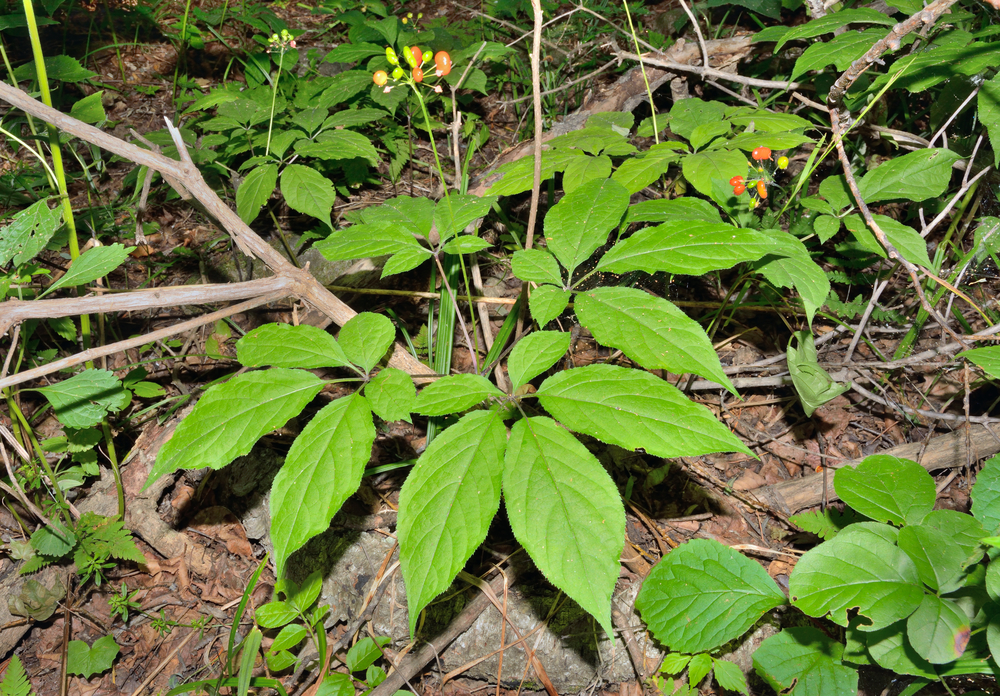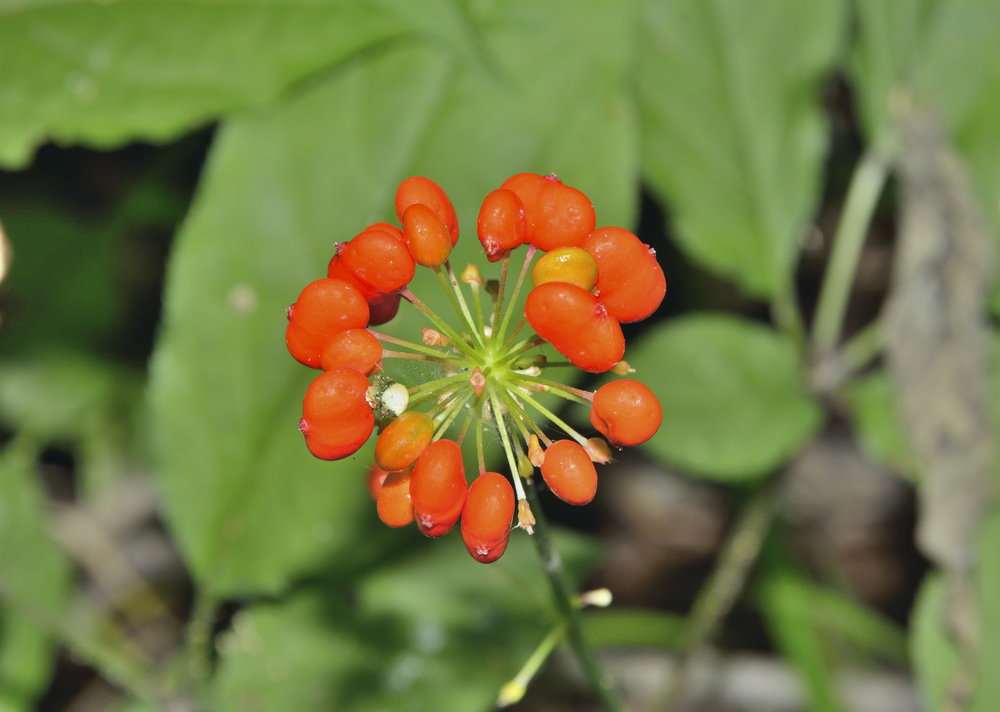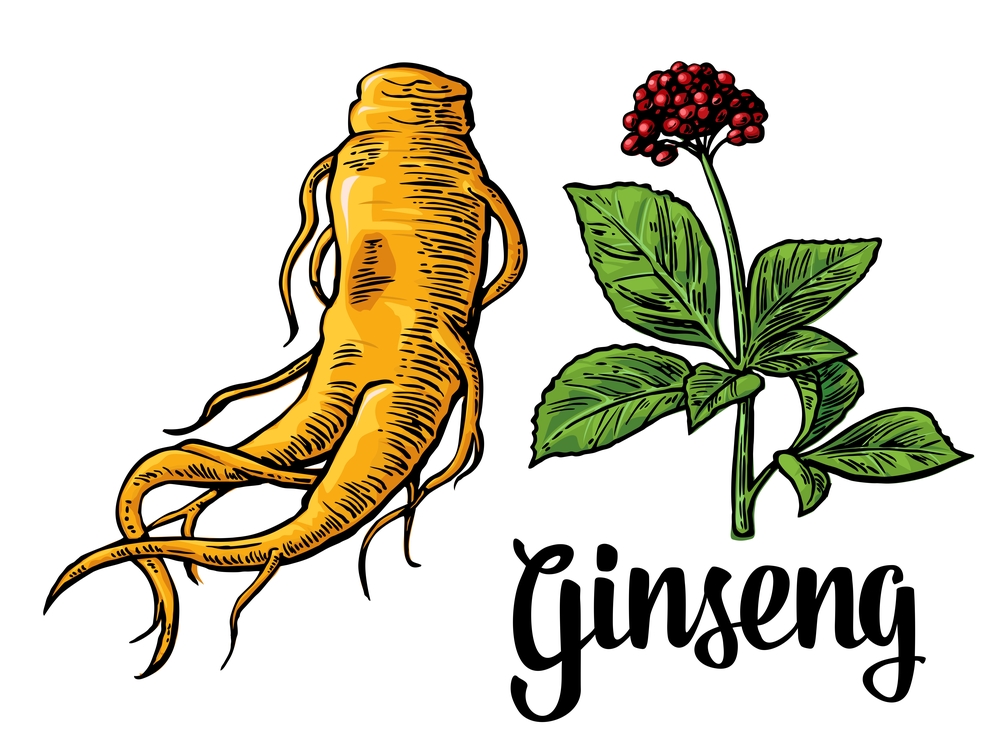Ginseng and ginsenosides show antiplatelet benefits in cardiovascular diseases
 Ranking the top cause of global death, cardiovascular disease is a class of diseases in which blood vessels become narrowed and blocked to induce heart attacks, chest pain or stroke. Coronary heart disease is the most common subtype, accounting for more than 40 percent of deaths attributable to cardiovascular disease in the US.
Ranking the top cause of global death, cardiovascular disease is a class of diseases in which blood vessels become narrowed and blocked to induce heart attacks, chest pain or stroke. Coronary heart disease is the most common subtype, accounting for more than 40 percent of deaths attributable to cardiovascular disease in the US.
Platelets and cardiovascular disease
Platelets play a positive role in preventing blood loss during vascular injuries. However, they may, in return, backfire in cardiovascular disease. The hyperactivation of platelets can strengthen the narrowing or blocking of the blood vessels, subsequently inducing acute coronary syndrome.
Characterized by plaque rupture and thrombosis, acute coronary syndrome is a hallmark of coronary heart disease. Antiplatelet therapy is one of the most important interventions to prevent coronary heart disease.
Antiplatelet activity of Panax ginseng and ginsenosides
Ginseng has long been renowned for its ability to regulate cardiovascular problems. Ginsenosides, the main active ingredients in ginseng, have shown outstanding antiplatelet functions, thrombus-inhibitory ability, and cardiovascular health in many studies.
A research team from South Korean conducted a review on the antiplatelet activity of Panax ginseng and ginsenosides in cardiovascular diseases. The study was published in the Journal of Ginseng Research.
In the review, researchers reviewed previous studies on the antiplatelet activity of ginseng and ginsenosides, and also conducted new experiments to expand the research.
Ginsenoside Rg3, one of the most frequently studied ginsenosides, has been found to inhibit rat platelet aggregation in a dose-independent manner. In the human platelet model, ginsenoside Rg3 was found to effectively inhibit platelet aggregation by suppressing thrombins, platelet-activating factor.
Similarly, ginsenosides Rg5 and Rg6 were observed to significantly inhibit platelet aggregation in rat models.
Ginsenoside Rh2 is another well-known ginsenoside.
Unfortunately, ginsenoside Rh2 showed no inhibitory effects on thrombin-induced human platelet aggregation at the given concentration of 300μM.
Excitedly, studies indicated the extremely strong antiplatelet effects of ginsenosides Rk1 and Rk3. For example, ginsenoside Rk1 showed 8- to 22- fold stronger antiplatelet effects than aspirin, a medication clinically used to inhibit thrombosis. Rk3 also exhibited stronger antiplatelet effects than aspirin, a medication commonly used to regulate platelets.
Some ginsenosides like Rs5 were found with weak antiplatelet activity.
Stronger antiplatelet efficacy of structurally modified ginsenosides
Ginsenosides show low availability, but recent studies have indicated structural modifications may improve their activity and bioavailability. Researchers synthesized some novel ginsenosides to compare their antiplatelet activity with their patent compounds, which is another highlight of the study.
As indicated by previous studies, these modified ginsenosides showed more potent antiplatelet activity.
2H-Rg3 showed two times stronger antiplatelet agent than its parent compound Rg3; Rp1, prepared from Rg3, 2h-Rg3, Rg5, and Rk1, was found to significantly inhibit platelet aggregation in rat and mouse models. It should be noted that in a previous study, Rp1 has been observed to have 10 times more potent anticancer effects than its parent ginsenosides Rg3 and Rg5 in a previous study.
Likewise, Ginsenosides Rp3 and Rp4, prepared from Re and Rg1, respectively, showed remarkable antiplatelet activity.
Synergistic effects of ginsenosides on platelet function
Researchers also further examined the synergistic effects of different ginsenosides, namely Rg3, 2H-Rg3, Rp1, Rp3, and Rp4, on platelet function. The results showed that a combination of Rp3 with Rp1 or 2H-Rg3 proved to be synergistically effective at inhibiting platelet aggregation.
Moreover, additional effects were observed when Rp3 were cotreated with Rp4.
The structural modification affects the efficacy of ginsenosides
Researchers put forward that structural activity relationships play an important role in determining the potency of ginsenosides, and that is why structurally modified ginsenosides show stronger antiplatelet effects. They converted ginsenosides Rb1, Re and R1 by reducing glucose moiety or hydroxyl groups to obtain more bioactive ginsenosides in the experiments.
Previous studies have indicated that the structure-activity relationships of ginsenosides affect their bioactivity against cancer cells. In a study published in the Nature-affiliated journal Science Reports, researchers compared the structure of 23 ginsenosides and found that most of the rare ginsenosides with fewer sugar moieties and hydroxyl groups have dominant chemotherapeutic activities, such as Rk1, Rk3, and Rh3.
Some ginsenosides showed synergistic antiplatelet efficacy when used together with aspirins in the study. Ginseng and ginsenosides can be a promising therapy for cardiovascular disease, and further studies are needed to illustrate the mechanisms of action of ginsenosides against platelet aggregation.
References:
Muhammad Irfan, Minki Kim, Man Hee Rhee. (2019) Anti-platelet role of Korean ginseng and ginsenosides in cardiovascular diseases, Journal of Ginseng Research, ISSN 1226-8453,
https://doi.org/10.1016/j.jgr.2019.05.005.


